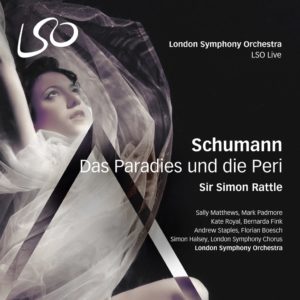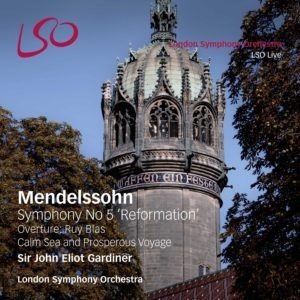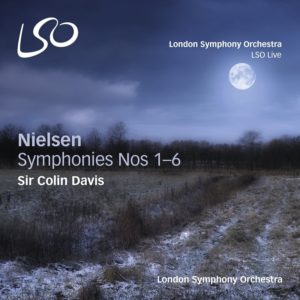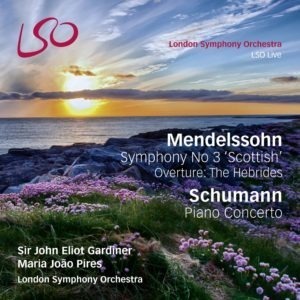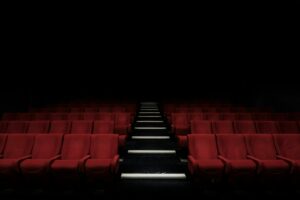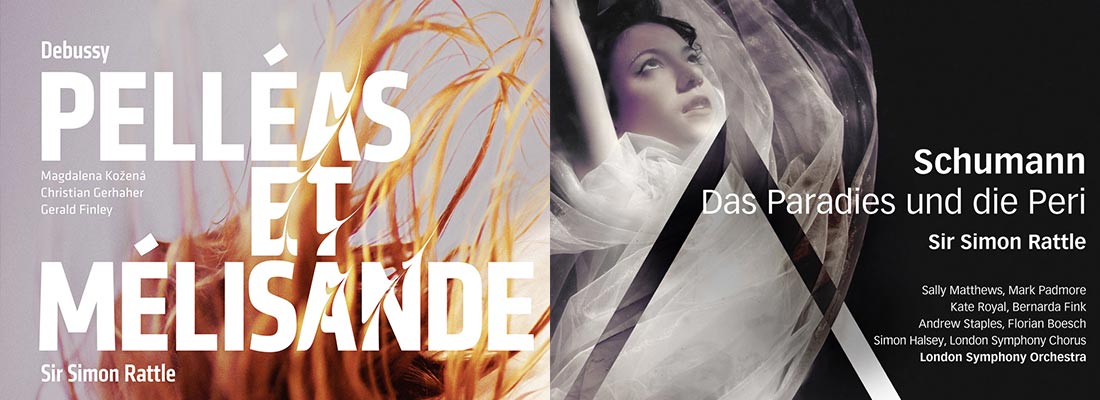
Pelléas et Mélisande (Pelléas and Mélisande) (opera)
Debussy wrote this Opera about a love triangle in 1902. It was the only Opera that he had finished. Considered one of the most important Operas of the 20th Century, it is still well recognized today and so is it´s music. It premiered at the Salle Favart in Paris by the Opéra-Comique with André Messager as its conductor. It initially had mixed reviews following its premiere. However after a few days the intrigue for the show grew and so did its following. The initial running of this show lasted 14 days. It later became a common showing at the Opéra-Comique and on the 25th of January 1913 had its 100th performance of the now iconic Opera. When Maggie Teyte took over the role of Mélisande she described Debussy´s reaction as follows: “Une autre anglaise—Mon Dieu” (“Another Englishwoman—my God”). She also described him as very pedantic.
“As a teacher he was pedantic—that's the only word. Really pedantic [...] There was a core of anger and bitterness in him—I often think he was rather like Golaud in Pelléas and yet he wasn't. He was—it's in all his music—a very sensual man. No one seemed to like him. Jean Périer, who played Pelléas to my Mélisande, went white with anger if you mentioned the name of Debussy...”
Sir Simon Rattle´s rendition with the London Symphony Orchestra is just as passionate. The sounds of willowing woods; chambers and towers are easily recognizable. The voices of Golaud and Pelléas are colorfully reinterpreted by Christian Gerhaher and Gerald Findley. Magdalena Kožená does a brave, and to some, unconventional rendition of Mélisande.
The plot centres around the love triangle of the three lead roles. Prince Golaud is married to Mélisande but soon falls in love with Golaud´s younger brother, Pelléas. The emotional act ends in Pelléas´ unsuspecting death brought about by the Princes rage and obsession to find out the truth.
Paradies and the Peri (oratorio)
In 1843 Schumann wrote Paradise and the Peri. It was his first attempt at concerted vocal music, an oratorio style work based on Lalla-Rookh by Thomas Moore. After this, his compositions were not confined to any one form during any particular period. Paradise and the Peri was the vehicle for Gabrielle Krauss‘s first important appearance, in Vienna in 1858, when she was not yet 16 years old.
After a brief orchestral introduction, the narrator, alto, tells the story of the disconsolate Peri at the gate, and introduces her in the first solo (“How blest seem to me, vanished Child of Air!”), a tender, beautiful melody, characterized by romantic sentiment. The second part opens in the most charming manner. The tenor narrator pictures the return of the Peri with her gift, leading up to the angel’s solo (“Sweet is our Welcome”). The third part opens with a lovely chorus of houris (“Wreathe ye the Steps to great Allah’s Throne”), interspersed with solos and Oriental in its coloring.
In January 1854, Schumann went to Hanover, where he heard a performance of his Paradise and the Peri organized by Joachim and Brahms. Two years later at Schumann’s request, the work received its first English performance conducted by William Sterndale Bennett. The first English rendition was in Hanover Square Rooms in London.
"It’s the great masterpiece you’ve never heard and there aren’t many of those now...
Sir Simon Rattle says of the piece, “It’s the great masterpiece you’ve never heard and there aren’t many of those now…In Schumann’s life it was the most popular piece he ever wrote; it was performed endlessly. Wagner wrote how jealous he was that Schumann had done it and he’d stolen this subject that he wanted to do and how extraordinary it was”.
To purchase London Symphony Orchestra titles on Pure Audio Blu-ray please click here

